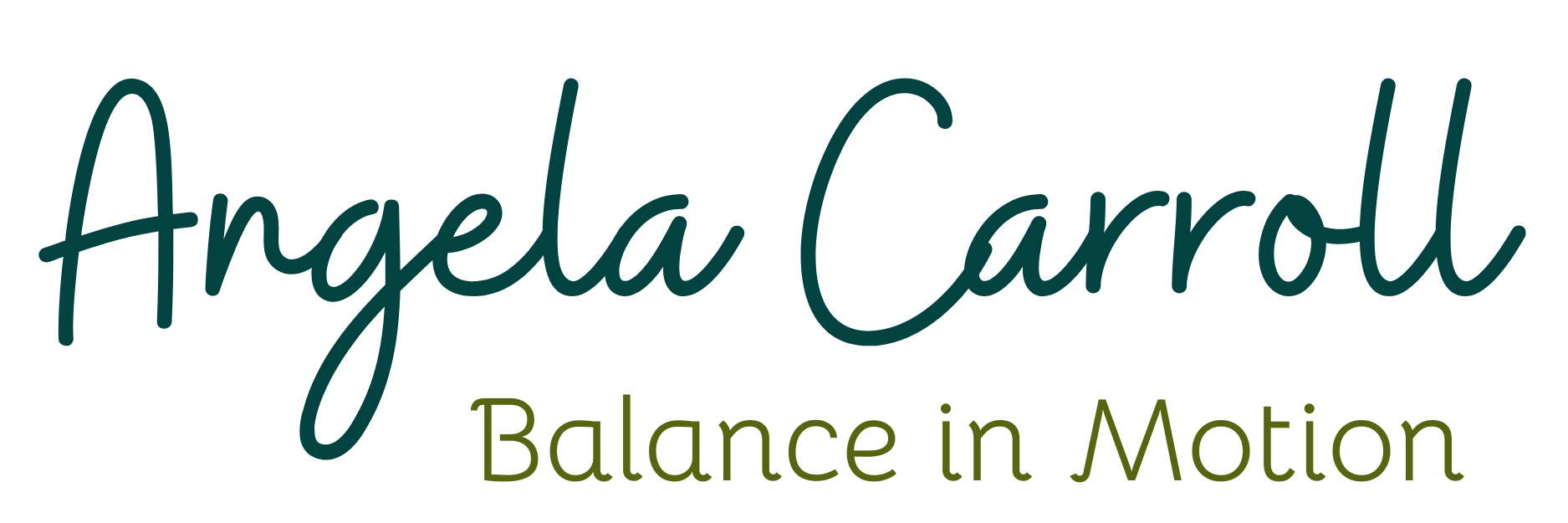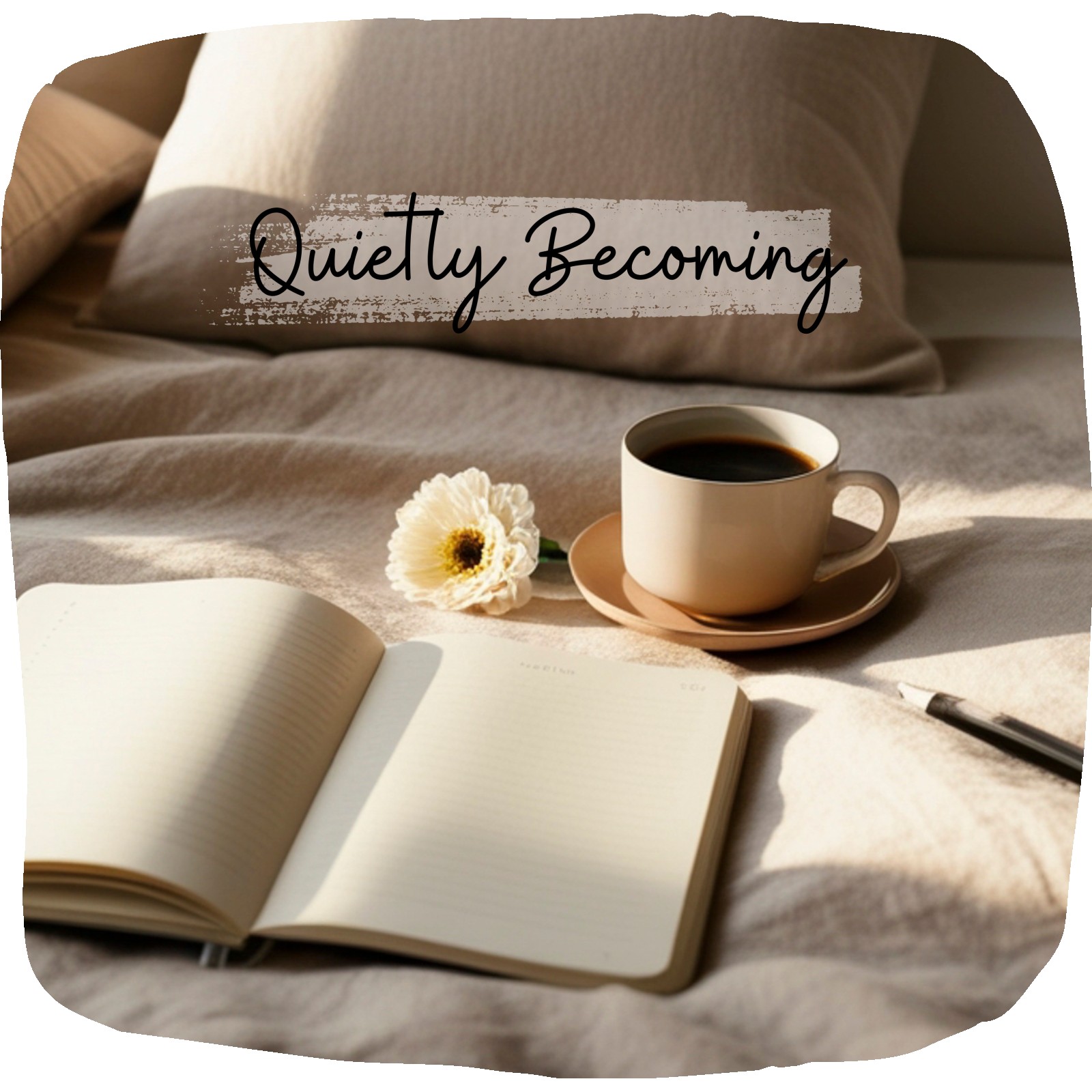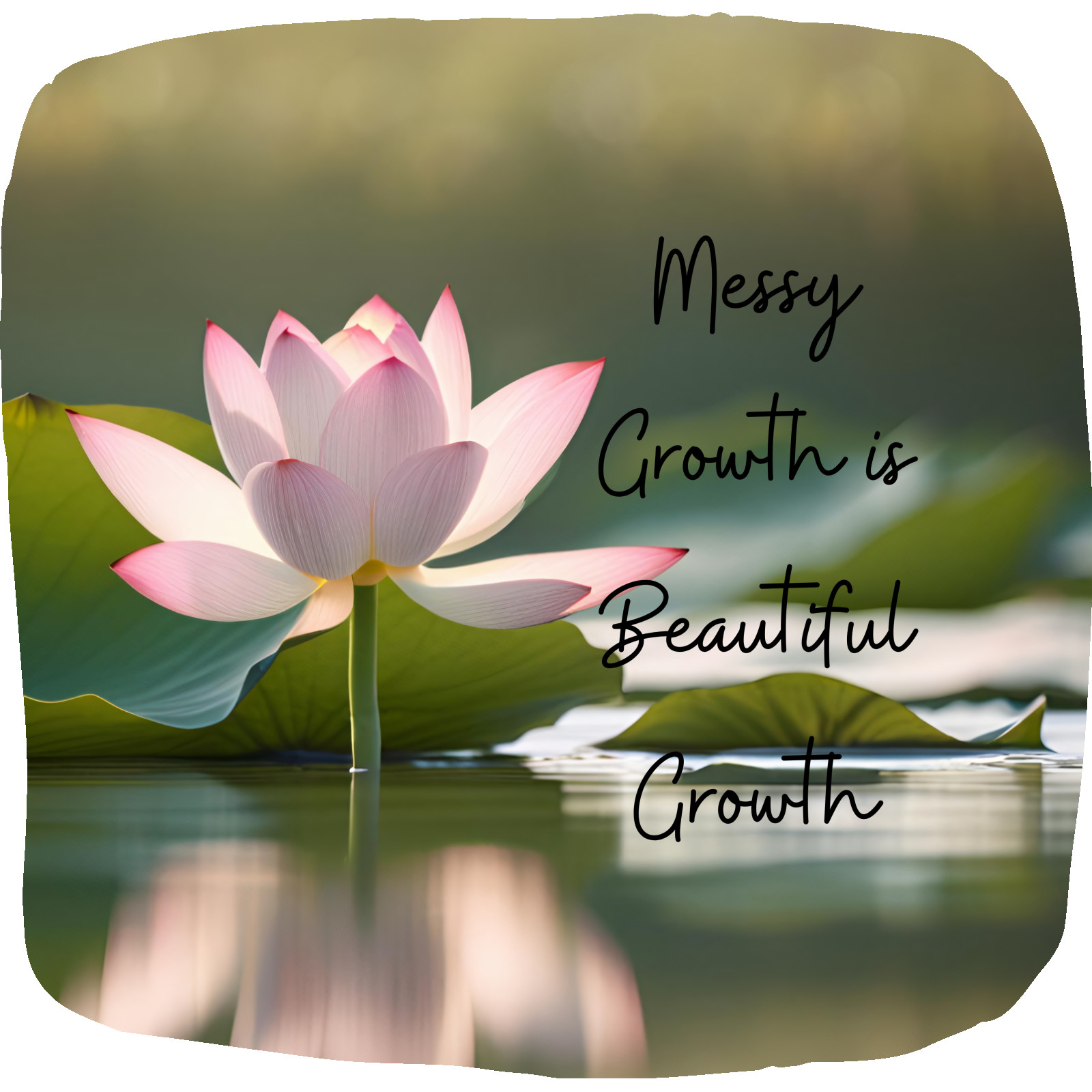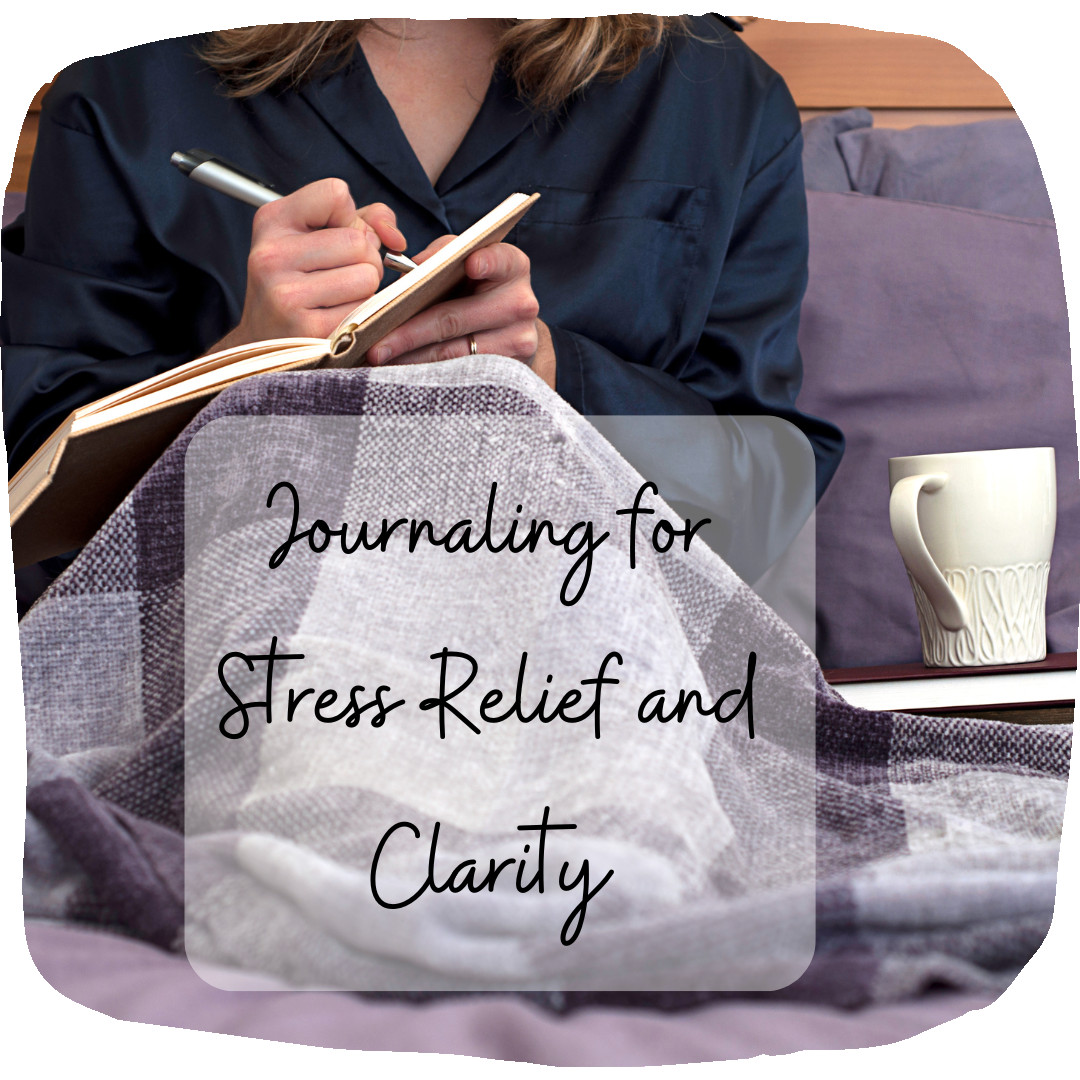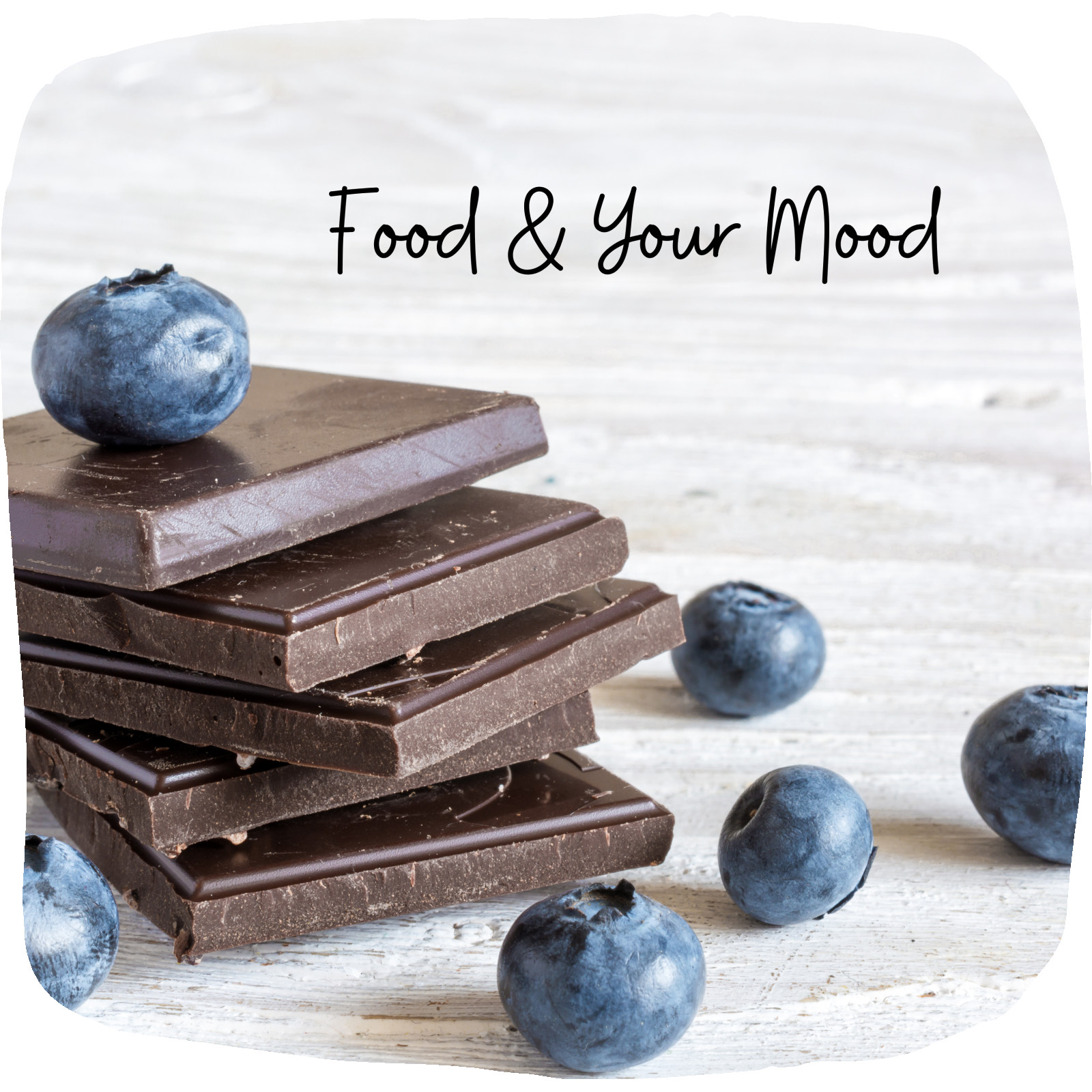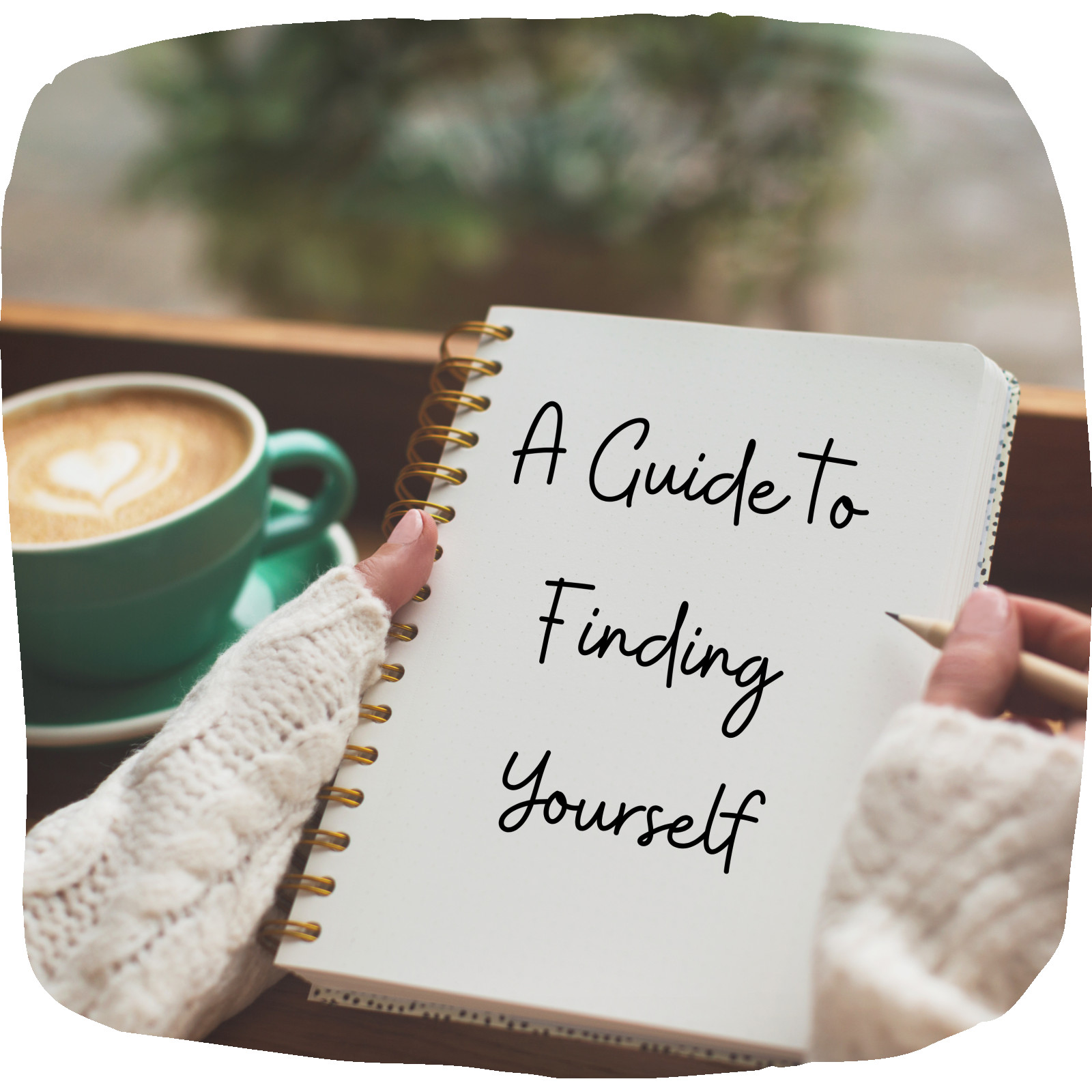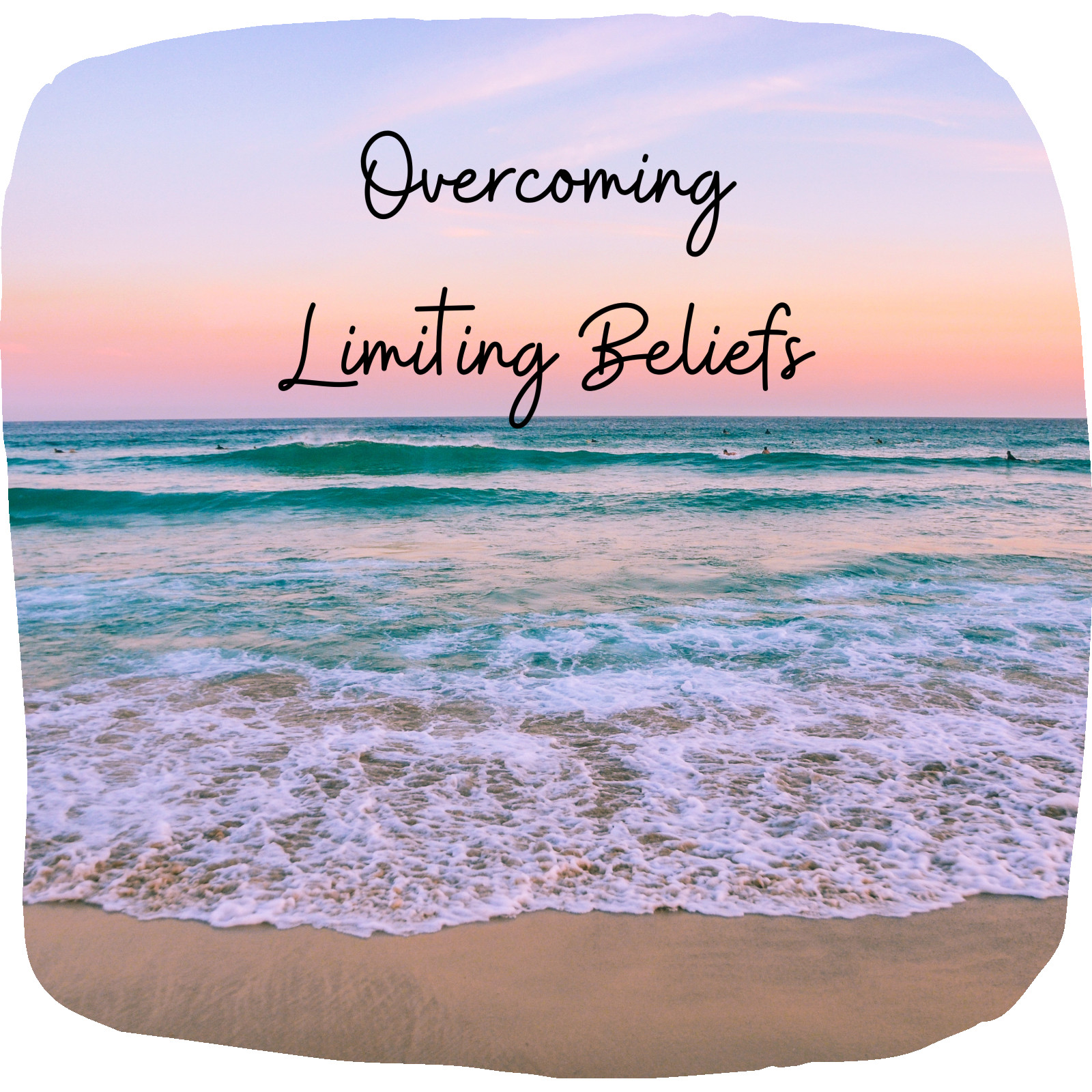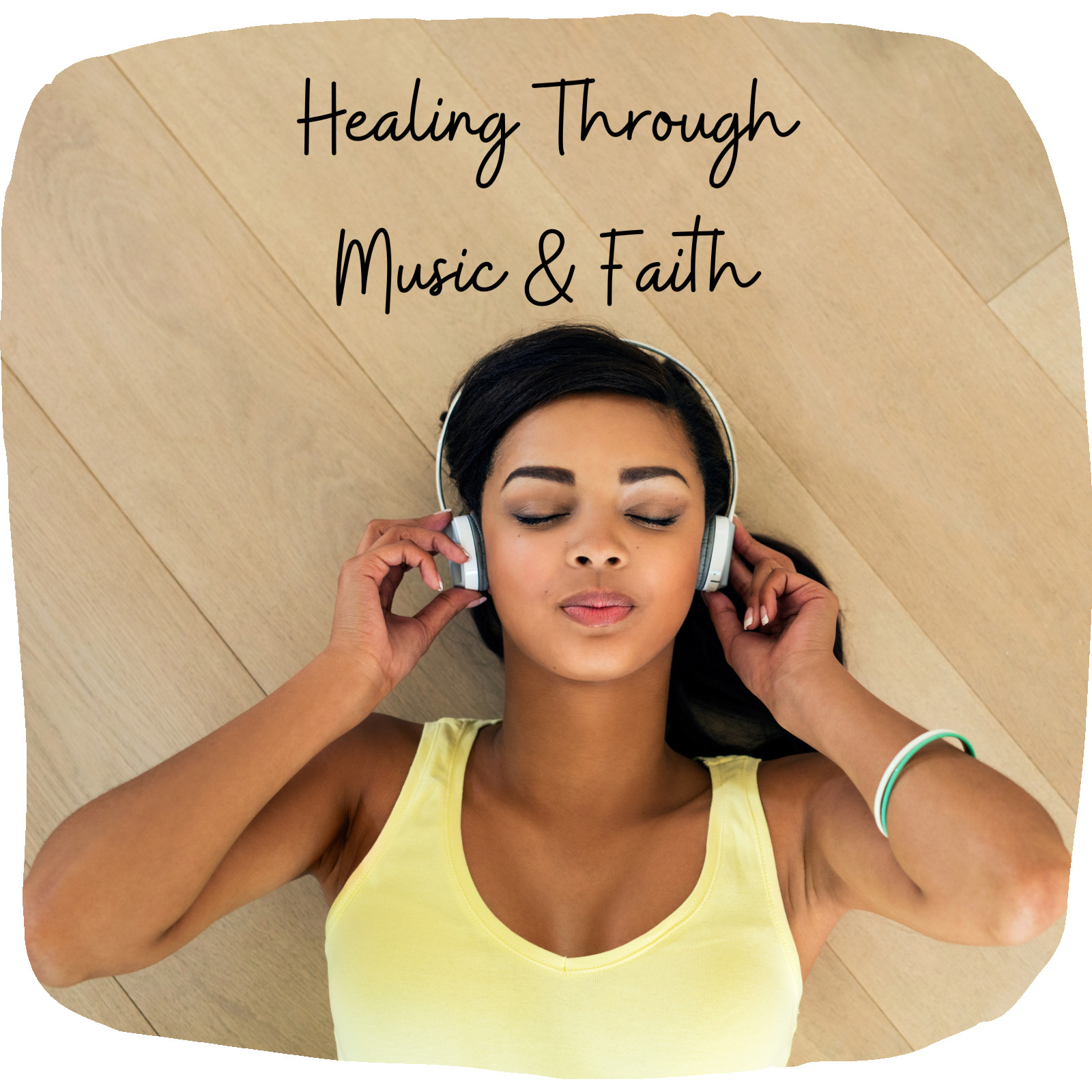
Have you ever had a song come on at just the right time—like it was meant for you in that exact moment? One of those songs that feels like it’s speaking straight to your heart, reminding you of who you are when you’ve forgotten?
That happened to me recently. I was sipping my morning coffee when Lauren Daigle’s You Say started playing. Even after almost eight years of being out of one of my most toxic relationships, I’m still on this healing journey. And let me tell you… I didn’t realize how much I needed those words until they hit me.
Why Music Hits Different
Music isn’t just sound—it’s emotion. It’s like someone else puts words to the feelings we’ve buried or struggled to name. Sometimes, a song can reach places no therapy session or pep talk can touch.
You Say is one of those songs. It’s been an anchor for me more times than I can count. When doubt creeps in, when the old lies replay in my mind, those lyrics remind me: I am worthy. I am loved. I am not alone.
Healing in the Lyrics
The tug-of-war between doubt and self-belief is real. Trauma survivors know it too well. That inner voice that says, you’re not enough—music has a way of drowning it out with truth.
For me, faith takes those lyrics even deeper. It’s not just a catchy chorus; it’s a reminder of what God says about me versus what my past tried to make me believe. That’s powerful.
Music + Faith = Healing
Here’s what I’ve found: music by itself is healing, but when I combine it with faith, it feels unshakable. Faith gives me purpose. Music gives me comfort. Together, they create this space where I can breathe again, where healing feels possible, even on the tough days.
Because let’s be honest—healing isn’t a straight line. Words spoken years ago can still echo. But little by little, faith and music help me replace those echoes with something better.
Let’s Walk This Road Together
If you’re walking through your own healing season, I want you to know something—you’re not alone. Truly.
That’s why I created a free community for women like us. It’s a place to share stories, favorite songs, encouragement, and those reminders we all need when life feels heavy.
We don’t have to do this alone. Together, we can turn pain into power, remind each other of our worth, and cheer each other on as we rise.
💛 If this resonates, come join us. Your voice matters here. Your story matters here. You matter here.
xo Angela
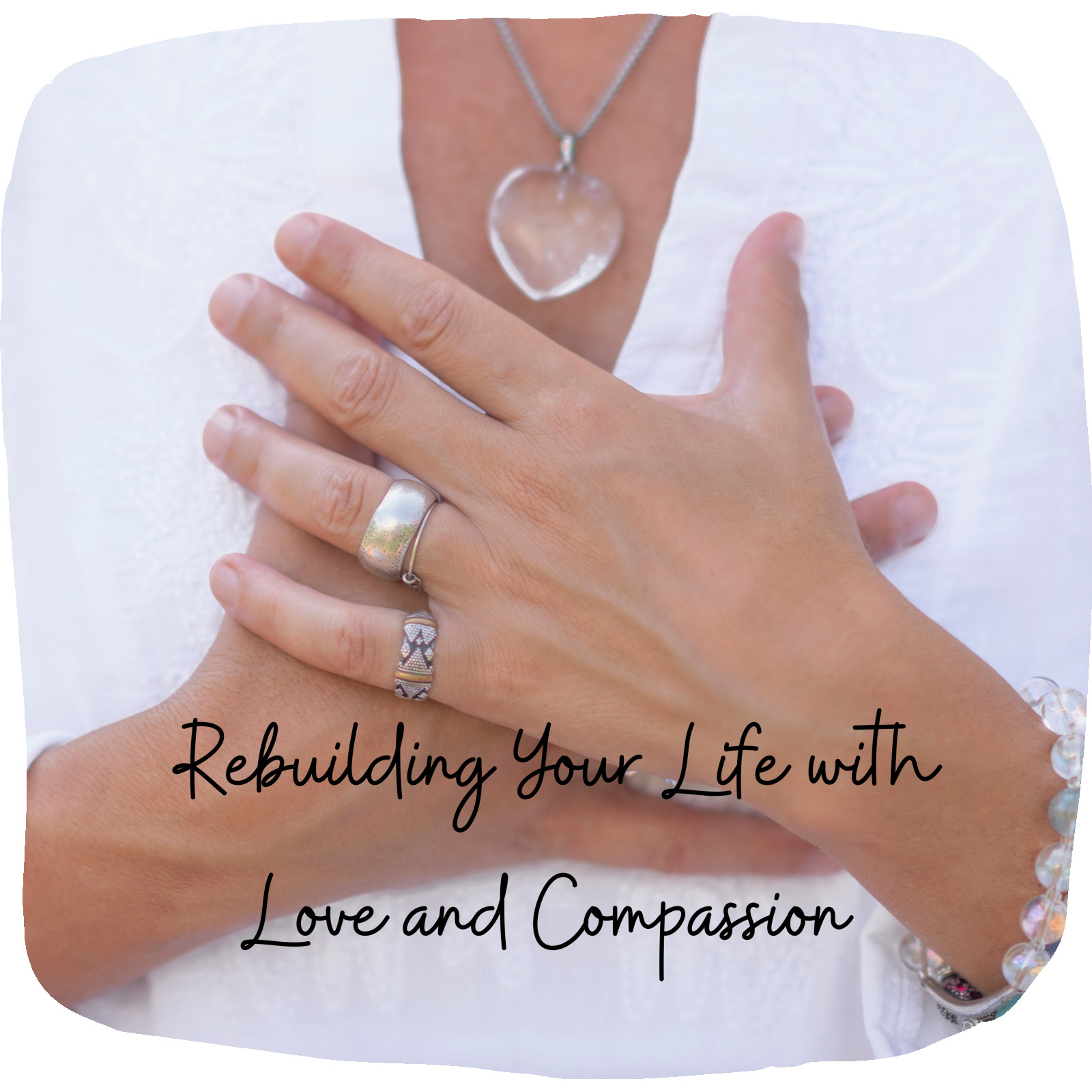
Have you ever wondered how to find yourself again after enduring the storm of domestic violence? How to rebuild your life when every piece seems broken, and your self-worth is hidden beneath layers of trauma? I’ve walked that path, and I’m here to tell you—it’s not only possible but profoundly rewarding.
The Journey Begins with You
For many survivors, the psychological and emotional trauma of domestic violence can seem insurmountable. But remember, healing begins with self-care—a critical yet often overlooked step in the recovery process. When I embraced self-care, I started to reclaim the parts of myself I thought were lost forever. I realized that to be the person my children needed, I first had to be there for myself.
Creating a Nurturing Environment
One of the first steps in my healing process was creating a space that felt safe and comforting. This may sound simple, but establishing a nurturing environment is foundational. Surround yourself with objects and reminders of peace and strength. It can be as small as a cozy reading nook or as significant as a complete home makeover. The key is finding a space where you can breathe, reflect, and grow.
Setting Healthy Boundaries
Setting boundaries was another significant milestone on my self-care journey. Post-survival, it's crucial to define what you will and won’t accept in your life. Boundaries are not walls; they’re frameworks that protect our mental and emotional well-being. These lines help you establish healthy relationships, free from the fear of judgment or manipulation.
Engaging in Activities that Foster Self-Compassion
Engaging in self-compassionate activities was a game-changer for me. Whether it was devouring personal development books, experimenting with new workouts, or exploring the profound effects of nutrition on my mood and energy, each activity became a building block in my reconstruction. Exercise, in particular, released those feel-good endorphins, helping me reconnect with my physical self and rebuild confidence, one workout at a time.
Navigating Industry Challenges with Unique Solutions
Overcoming Trauma
The trauma associated with domestic violence can linger long after the situation ends. Acknowledging this is the first step toward healing. Therapy, support groups, and mindfulness practices like meditation can provide powerful pathways to processing and overcoming trauma.
Rebuilding Self-Esteem
Rebuilding self-esteem is another challenge many of us face. Remember, your worth is innate and unchanging, even if it feels buried right now. Celebrate small victories, practice positive affirmations, and remind yourself daily that you are deserving of love and respect—especially from yourself.
Combatting Stigma
Addressing stigma is another hurdle. Society may harbor misconceptions about survivors, but your truth is yours alone. Surround yourself with individuals and communities that uplift and empower. Share your story when you’re ready; it can be a beacon of hope for others and a testament to your strength.
Balancing Self-Care with Daily Responsibilities
Balancing self-care with everyday life isn’t easy, but it’s essential. It’s okay to prioritize your needs; doing so doesn't mean you're neglecting your responsibilities. Instead, it equips you with the resilience to handle them better.
An Invitation to Share and Empower
If there’s one thing I’ve learned, it’s that our stories hold immense power. They can inspire, heal, and connect us to a broader community of strength and resilience. I invite you to share your story or advice with someone in need. By doing so, you’re lighting the way for another survivor who may still be finding their path.
Remember, rebuilding your life with love and compassion isn’t a destination. It’s a beautiful, ongoing journey of self-discovery and empowerment. You’ve already taken the most challenging step by surviving. Now, it’s time to thrive.
Join Our Free Online Group
I warmly invite you to join our free online group, a safe haven specifically designed for women in their 40s and beyond who are ready to heal from past traumas and embark on a journey of empowerment and self-discovery. In our sanctuary, you'll discover a nurturing community focused on helping you build confidence and embrace a holistic approach to health and personal growth. We provide the tools and guidance to overcome fears, realize your self-worth, and foster healing and transformation. Connect with like-minded women who understand your experiences, and take the first step towards a vibrant and fulfilling life. Together, let's explore the powerful potential within you and support each other in the journey of transformation.
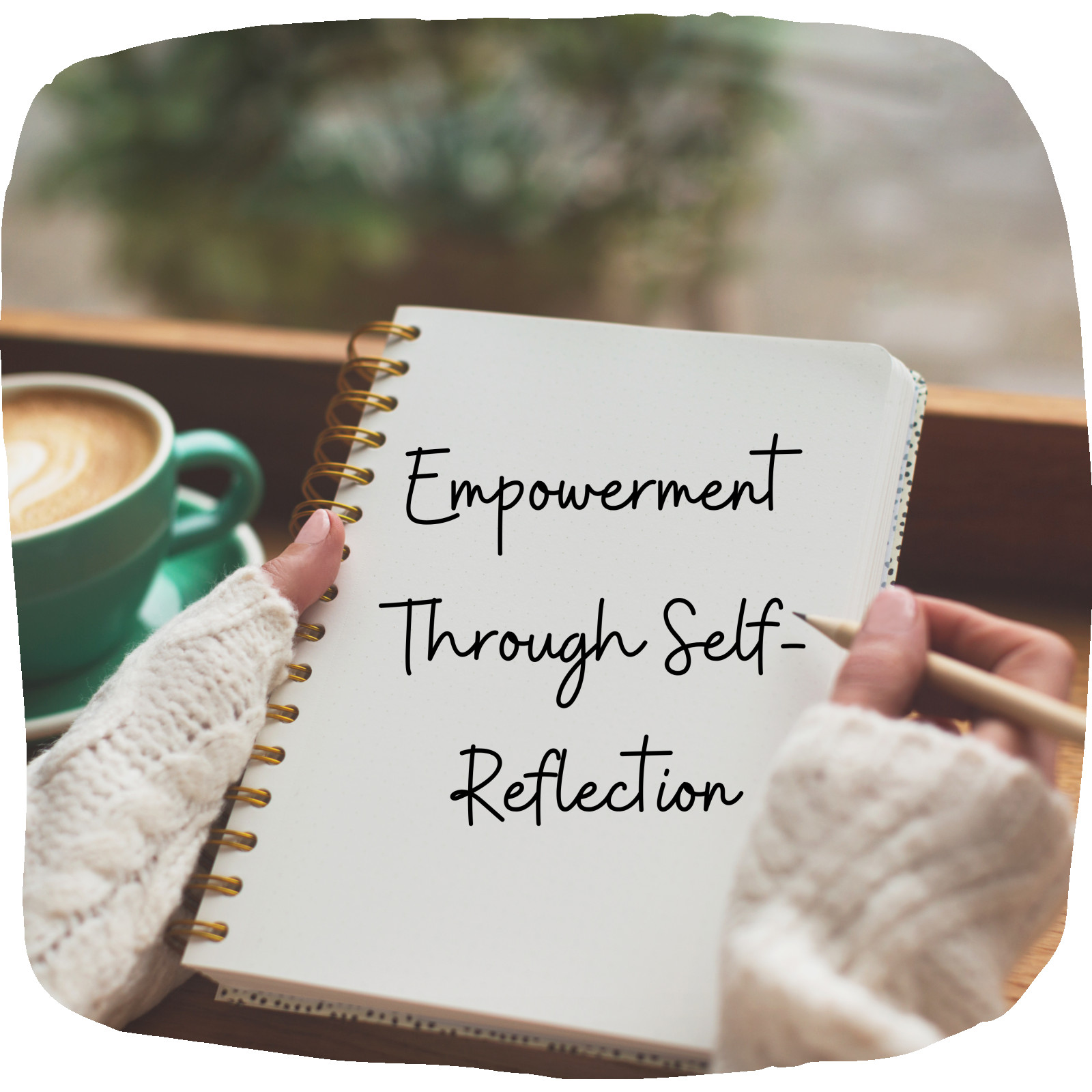
Have you ever found yourself stuck in a cycle, replaying the same patterns and wondering why life keeps leading you down the same rocky road? You're not alone. Many of us face this moment when we realize that the path we’re on isn't bringing us joy or fulfillment. This is where self-reflection becomes a magical tool for transformation.
Introduction
Self-reflection is more than just a buzzword in the realm of personal development; it's a powerful process that opens the door to self-awareness and empowerment. By taking a step back and reflecting on our experiences, thoughts, and emotions, we can identify the underlying patterns shaping our lives. This blog post will guide you through the enriching process of self-reflection, drawing on my own real-life experiences and offering practical tips, so you can harness its power to better your life.
Why Self-Reflection Matters
Before I share my personal story, let's talk about why self-reflection is so crucial. At its core, self-reflection allows us to become more aware of who we are and why we do the things we do. It's like holding up a mirror to our inner selves—offering a chance to understand our motivations, recognize our strengths, and acknowledge areas for growth. This heightened awareness becomes the foundation for making conscious choices aligned with our true desires and values.
My Journey with Self-Reflection
Several years ago, I decided to take a hard look at myself. I had fallen into a pattern of entering toxic and abusive relationships, and I didn't know how to stop. It was a difficult realization, but I knew I had to find a way to change. The only logical step was to spend time getting to know myself. I needed to understand my feelings, uncover what I was genuinely looking for in life, and determine what changes were necessary. It wasn't easy, but it was one of the most empowering experiences of my life.
What I Discovered:
- Feeling Unworthy – At the heart of my choices was a belief that I wasn’t deserving of love and respect. Realizing this allowed me to work on building self-worth and setting healthier boundaries.
- Influence of Past Experiences – Reflecting on past experiences helped me see how they were influencing my present decisions. This understanding was pivotal in breaking the cycle.
- Core Values – I identified my core values and how my current life was misaligned with them. This clarity helped guide future decisions toward a more fulfilling path.
How to Begin Your Self-Reflection Journey
1. Create a Safe Space
First and foremost, create an environment where you feel safe to express yourself freely. This could be a quiet corner in your home, a cozy café, or even a serene spot in nature. Wherever it is, make sure it’s a space that encourages openness and honesty. My own place at the time was my bathtub, using my phone as my journal.
2. Start Journaling
Journaling is a powerful tool to channel your thoughts and feelings. Here are some journal prompts to kickstart your self-discovery process:
- What am I feeling right now, and why?
- What patterns do I notice in my relationships?
- When have I felt the most alive and why?
- What values are most important to me, and how do they manifest in my life?
- What fears are holding me back from pursuing my dreams?
3. Be Honest with Yourself
Self-reflection requires honesty. It's essential to be truthful about your thoughts, feelings, and actions, even when it’s uncomfortable. Remember, this process is for your growth and empowerment.
4. Reflect Regularly
Make self-reflection a regular practice. Set aside time weekly or monthly to sit down and reflect on your life. This consistent practice will help you stay aligned with your goals and values.
5. Seek Support
While self-reflection is a personal journey, there’s no harm in seeking support. Whether it’s a trusted friend, therapist, or support group, sharing your insights can provide additional perspectives and encouragement.
Inspiring Action
I invite you to pause for a moment. Take a deep breath, grab a pen, and begin answering those journal prompts. You might be surprised by what you discover. Remember, self-reflection isn't about perfection; it’s about progress. It’s about taking that first step toward understanding yourself better, so you can make empowered choices that lead to a more fulfilling life.
This is your moment to start anew. To break free from old patterns and to redefine what truly matters to you. Keep an open heart and mind, and remember, the path to empowerment is a lifelong adventure filled with endless possibilities.
Happy reflecting, and here's to your empowering journey of self-discovery!
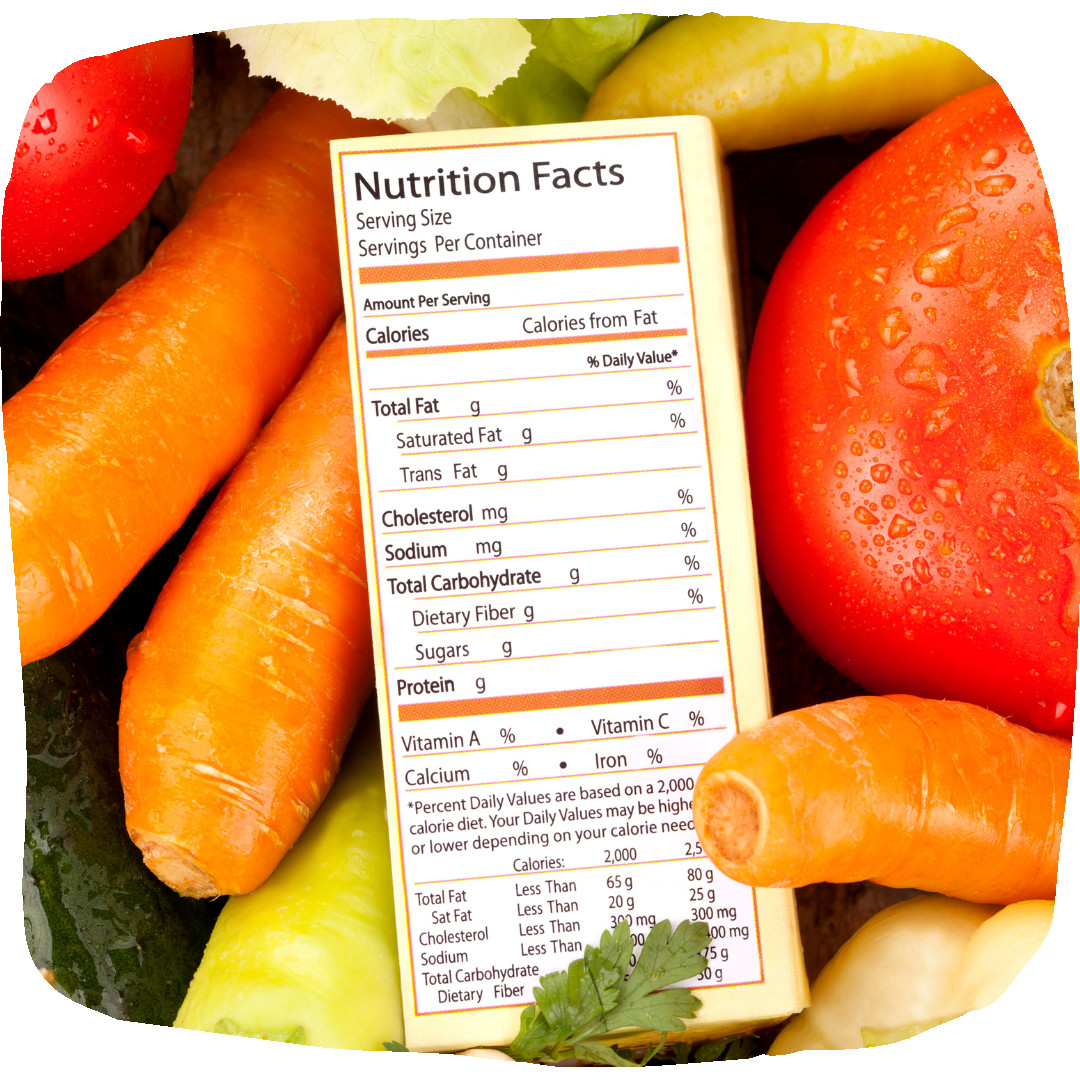
Are You Really Making Informed Food Choices? Here's How to Decode Nutrition Labels for a Healthier Lifestyle
When was the last time you truly understood what you're eating? Let's be honest—figuring out nutrition labels can sometimes feel like cracking a secret code. But making informed food choices doesn't have to be so complicated. Today, I want to share some insights that will help you see beyond the jargon and understand what those numbers really mean for your health.
What Are You Really Consuming?
We often overlook the fact that there's more sugar in our diets than we think. Did you know that more than 6 to 8 grams of sugar per serving is considered too much? Yet, when you look at many products, you'd be surprised how often they exceed this limit. It's an eye-opener that shows how easily we can be misled by attractive packaging and vague health claims.
But it's not just about sugar. Take a closer look at those serving sizes. The figure you see isn't a recommendation—it's what the average person eats, which might not align with your dietary needs. This misunderstanding can lead to overconsumption, which sabotages our efforts to make healthier choices.
The Hidden Truth of Ingredients
Here's another trick I follow—if I can't pronounce an ingredient or it's something I don't recognize, I question its place in my diet. Ingredients that sound more like chemistry experiments than food items are usually not what I want to put in my body. Trust your instincts; if it doesn't sound right, it probably isn't.
Technology to the Rescue
Thankfully, technology can be a powerful ally in our quest to eat better. Fooducate has long been a go-to tool for me. It's great for helping you decode those tricky nutrition labels. It's invaluable for on-the-spot decisions, offering grades for various food items that help me make quick, informed choices. These kinds of apps break down complex information into digestible insights—pun intended—that empower us to take charge of our health.
Overcoming Industry Challenges
The challenges around nutrition labels are real. They're often complex and, sadly, sometimes misleading. However, by making an effort to understand the nuances—like sugar content, portion sizes, and questionable ingredients—we can overcome these hurdles. It's not about becoming a food scientist overnight; it's about gaining enough knowledge to make smarter choices.
Let's Make a Change Together
The next time you find yourself puzzled by a food label, remember these tips. You're not alone in this struggle, and every small step counts toward a healthier you. Share this article with friends and family—we all deserve to be empowered with knowledge to make the right choices.
Making informed food decisions isn't just beneficial for you; it's a ripple effect that can inspire those around you. Let's lift each other up and strive for a lifestyle that celebrates well-informed choices. 🌿
Feel free to share your thoughts or questions below. I’d love to hear your experiences and the strategies that have worked for you!
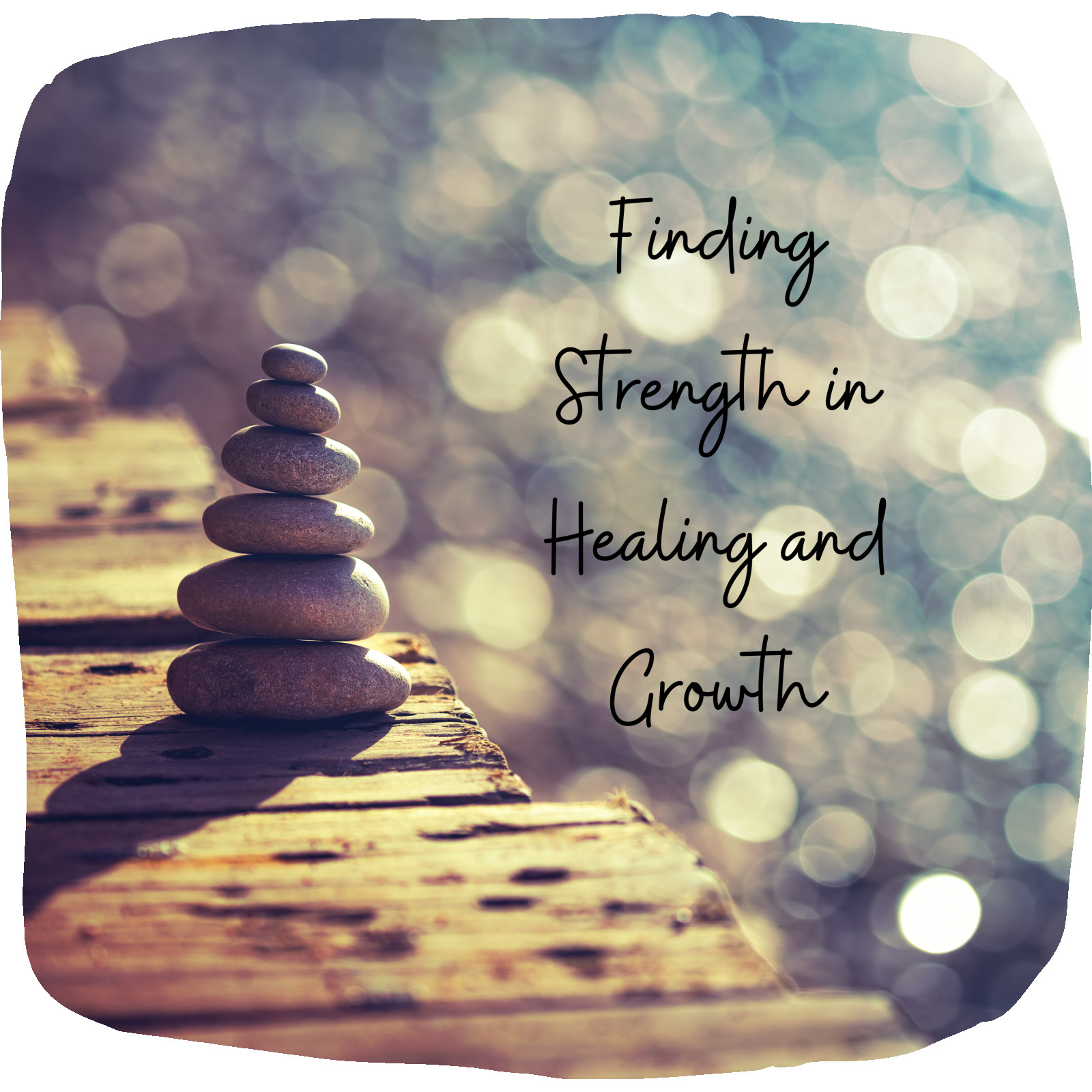
I still remember the early mornings and late nights when it felt like the weight of the world rested on my shoulders. The days stretched endlessly, each one feeling like a battle I wasn’t sure I could win. October is Domestic Violence Awareness Month and I would be remiss not to share my story in hopes of shedding light and offering solace to those who might feel as I once did. The lingering scars of domestic violence are not just physical; they run deep into our emotional well-being. But what happens after? How do we find our way back to ourselves?
In this post, I'm inviting you on a path toward healing and empowerment. It's about reclaiming the parts of ourselves that were lost, building resilience, and nurturing our emotional well-being. Whether you're just starting this journey or are well on your way, there are ways to regain control and find peace. Together, we'll explore practical tools like mindfulness, meditation, and therapy, and see how they can transform our lives.
What Emotional Well-being Means for Survivors
The concept of emotional well-being might seem elusive, especially when it feels like your world has been turned upside down. But understanding it is the first step to reclaiming it. Emotional well-being is about maintaining a balance of emotions, resilience, and the capacity to find satisfaction in life despite the challenges we face. For those of us who have experienced domestic violence, nurturing this aspect of ourselves can be particularly challenging.
When I think back to those difficult days, I remember the internal battles I fought. The feelings of shame and doubt often eclipsed any sense of peace. How could I allow this to happen? Why did I stay? These questions haunted me, compounding the already overwhelming sense of pain. Recognizing that these feelings were normal was the first step toward healing. Survivors face unique challenges—it's not just about overcoming an external situation but also navigating an internal landscape that’s been reshaped by trauma.
Drawing Strength through Mindfulness
Mindfulness became a lifeline for me during the healing process. It’s a practice that invites us to be present, to observe our thoughts and emotions without judgment. Initially, I was skeptical. How could focusing on my breath make the storm inside me any quieter? But it did. Slowly, I learned that mindfulness wasn't about ignoring my pain; it was about acknowledging it and finding a way to coexist with it.
For those of you who are new to mindfulness, start small. Spend a few minutes each day focusing on your breath. Notice how your body feels. Observe your thoughts as they come and go. This practice helped me regain a sense of control over my thoughts and emotions—a crucial step in managing stress and anxiety.
The Power of Meditation in Healing
Alongside mindfulness, meditation became my sanctuary. It's more than just sitting in silence; it's a tool for emotional healing. Through meditation, I found clarity—clarity that allowed me to see the truth of my situation and the strength I held within. Simple meditation exercises can be tailored to support survivors in their healing journeys.
Begin with guided meditations that focus on self-compassion and healing. The soothing voice of a guide can gently lead you into a space where you can confront and release the emotions that have weighed you down. Regular practice can cultivate a sense of peace and acceptance, helping you heal from within.
Seeking Professional Support
In my experience, seeking therapy was perhaps one of the most pivotal steps I took. It was in the presence of a compassionate therapist that I found the courage to confront my past and work towards a healthier future. Therapy offers a safe space to explore the complexities of our emotions and experiences.
Finding the right therapist can be daunting, but it's important to find someone who you feel comfortable with and who understands the unique challenges that come with surviving domestic violence. Consider reaching out to support groups or organizations that specialize in trauma-informed therapy. They can provide valuable resources and recommendations.
Building Resilience for a Brighter Future
Resilience is the silent strength we draw upon to move forward, despite our past. It’s about bouncing back and finding new paths. For survivors, building resilience is essential. But what does that look like? For me, it meant setting boundaries and prioritizing self-care. It meant finding a community of support that uplifted me.
Start by identifying what resilience means to you. Is it about cultivating inner strength, or perhaps finding joy in small moments? Set boundaries to protect your emotional well-being. Engage in activities that bring you joy and connect with people who inspire and support you. Remember, resilience isn’t about never falling; it’s about rising every time you do.
Conclusion
The road to healing and empowerment after experiencing domestic violence is not a straight line, nor is it a solitary journey. It's filled with moments of doubt and triumph, and it's okay to ask for help along the way. Nurturing your emotional well-being is a lifelong process, one that requires patience and self-compassion.
If you're reading this, know that you're not alone. There are countless others who understand and support you. Consider joining our support community, where you can connect with fellow survivors and mental health advocates. Together, we can share stories, offer encouragement, and continue on this path toward healing and resilience.
